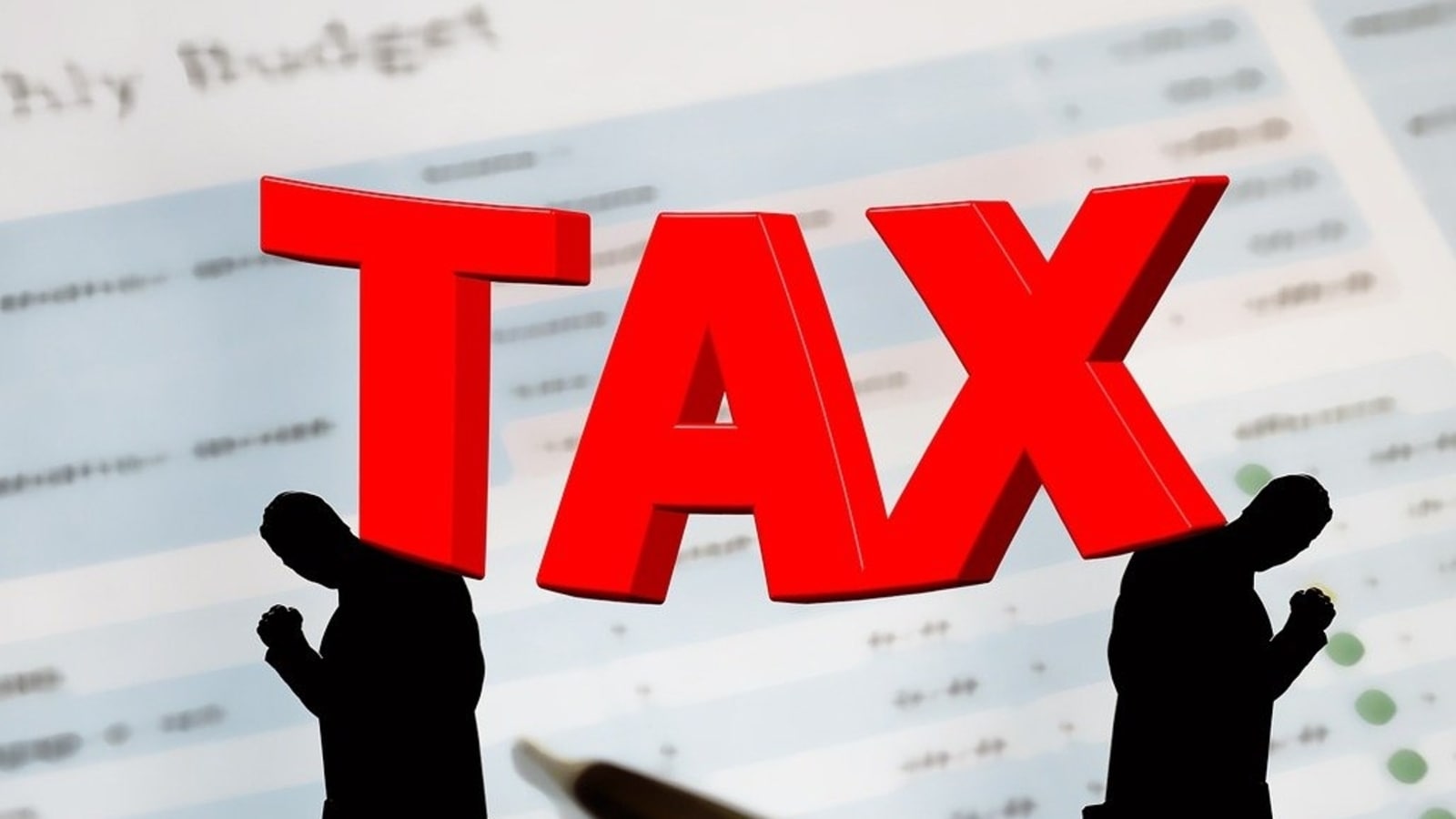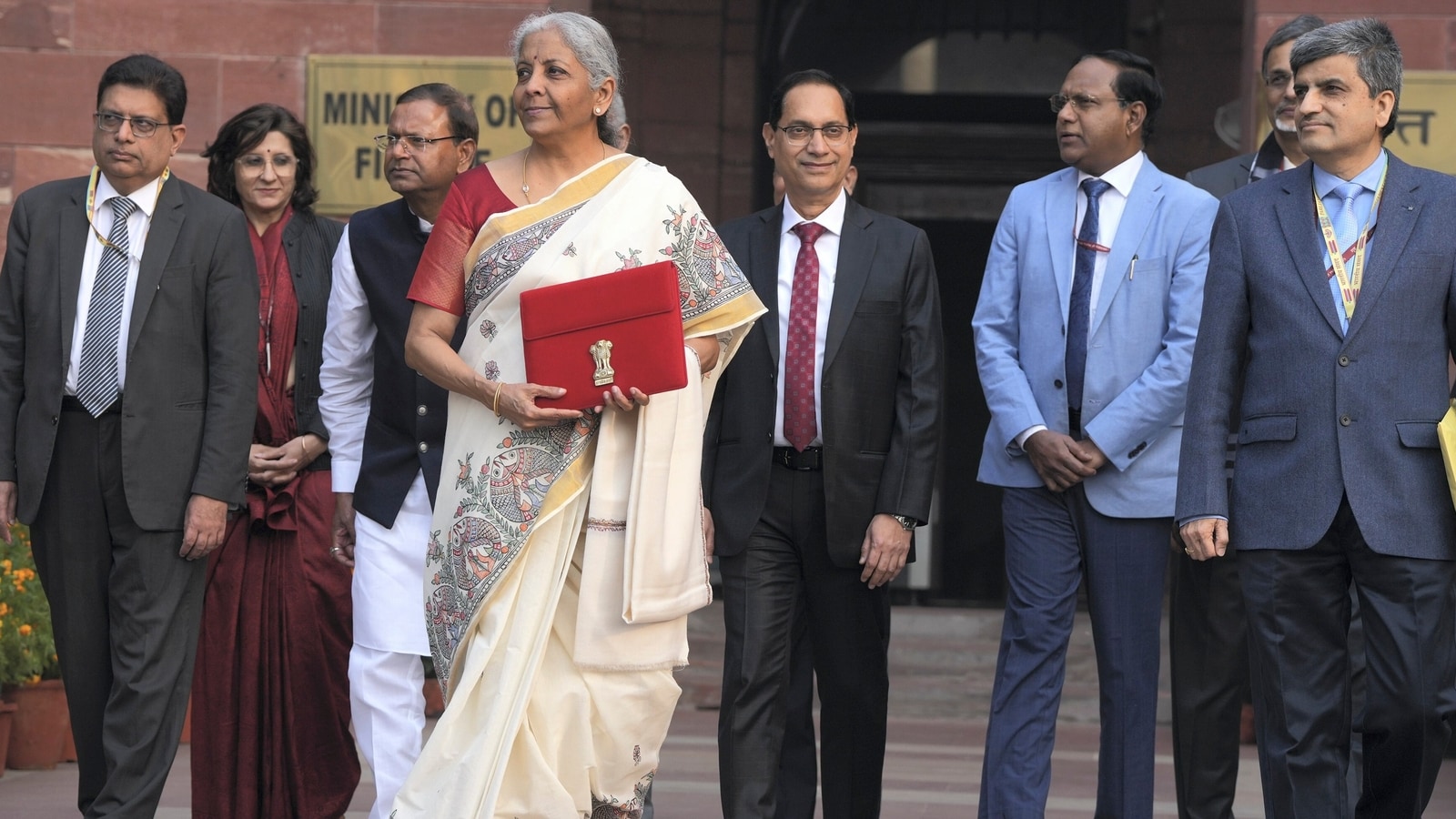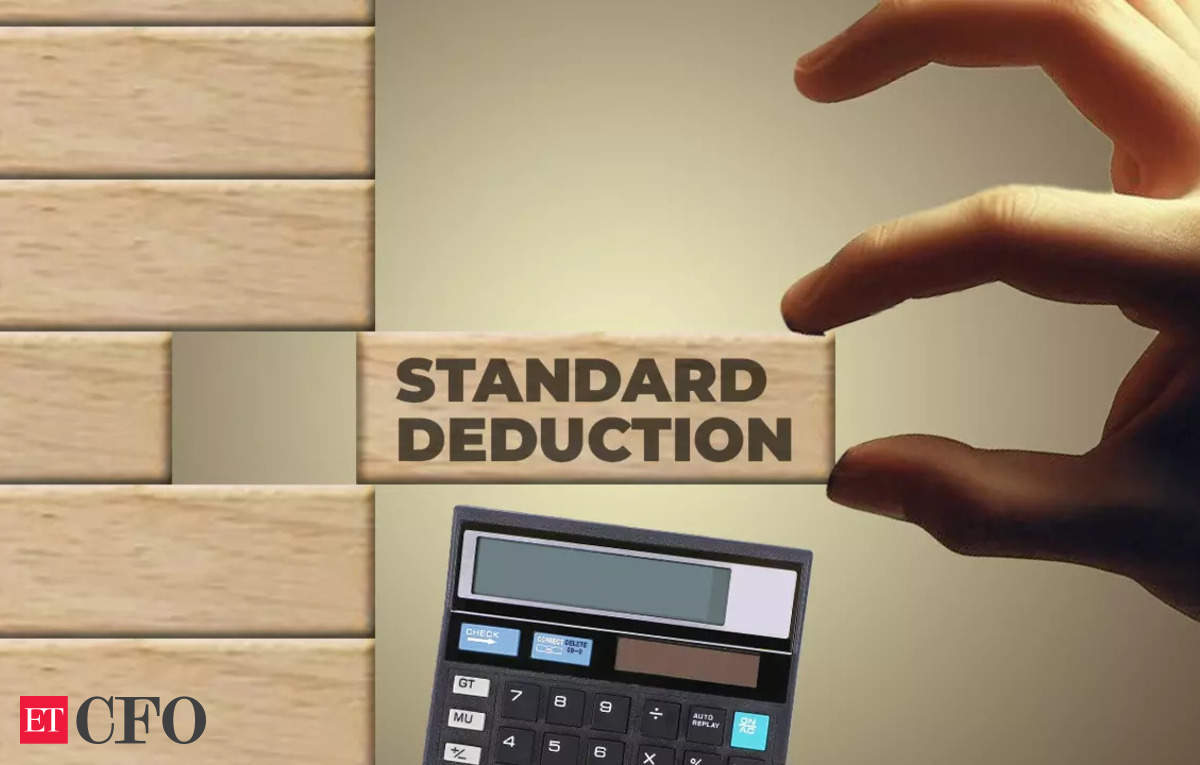New GST Invoicing Rules: CBIC Introduces Rule 47A and Amends Rule 46 of CGST Rules
The Central Board of Indirect Taxes and Customs (CBIC) has issued Notification No. 20/2024 – Central Tax on October 8, 2024, introducing key changes to the Central Goods and Services Tax (CGST) Rules, 2017. These changes will be effective from November 1, 2024, and primarily concern the introduction of Rule 47A, the omission of the second proviso in Rule 46, and amendments to the third proviso of Rule 46. These changes aim to streamline the invoicing process, particularly for transactions under the Reverse Charge Mechanism (RCM).
Key Changes Introduced
1. Insertion of Rule 47A: Time Limit for Issuing Tax Invoices
With the insertion of Rule 47A, a time limit has been set for issuing tax invoices where the recipient is required to issue the invoice. This rule primarily impacts transactions under the Reverse Charge Mechanism (RCM), where the recipient, rather than the supplier, is liable to pay tax.
Rule 47A reads as follows:
“Notwithstanding anything contained in rule 47, where an invoice referred to in rule 46 is required to be issued under clause (f) of sub-section (3) of section 31 by a registered person, who is liable to pay tax under sub-section (3) or sub-section (4) of section 9, he shall issue the said invoice within a period of thirty days from the date of receipt of the said supply of goods or services, or both, as the case may be.”
This rule ensures that invoices under RCM must be raised within 30 days of receiving goods or services, thereby offering clarity to businesses regarding the time frame for compliance.
2. Amendment to Rule 46: Omission of the Second Proviso
The second proviso in Rule 46 has been omitted. This omission helps streamline the rules and remove any redundant provisions.
- Before: The rule contained a second proviso after clause (s).
- After: The second proviso is now omitted, making the rule more concise and removing unnecessary language.
3. Amendment to the Third Proviso in Rule 46
The third proviso in Rule 46 has been amended for better clarity and language structure. Specifically, the phrase “Provided also that in the case of” has been replaced with “Provided further that in the case of”.
This change is primarily structural, intended to harmonize the structure of the provisos in Rule 46.
Comparative Overview: Before and After Amendments
| Provision | Before | After |
|---|---|---|
| Rule 47A (New) | Not applicable (no such provision existed before) | Time limit of 30 days for issuing tax invoice by the recipient under RCM, effective from November 1, 2024. |
| Omission of Second Proviso in Rule 46 | Second proviso existed after clause (s) in Rule 46. | Second proviso has been omitted to streamline the rule. |
| Amendment to Third Proviso in Rule 46 | “Provided also that in the case of…” | “Provided further that in the case of…” (structural change for better clarity) |
Example: Impact of Rule 47A on Reverse Charge Invoices
Under the Reverse Charge Mechanism (RCM), the liability to pay GST shifts from the supplier to the recipient. With the introduction of Rule 47A, a registered person liable to pay tax under sub-section (3) or (4) of section 9 (i.e., under RCM) must issue a tax invoice within 30 days of receiving the goods or services.
For example:
- Scenario: A company, XYZ Ltd., receives legal services from a lawyer, which falls under the RCM category.
- Action Before: There was no specific rule governing the time frame for issuing the invoice by XYZ Ltd. under RCM.
- Action After (Rule 47A): XYZ Ltd. must issue the tax invoice within 30 days of receiving the legal services.
This rule ensures that tax compliance timelines are clearly defined, preventing delays in invoicing and potential penalties.
Our Comments
The CBIC’s introduction of Rule 47A and the amendments to Rule 46 aim to create a more structured and organized framework for invoicing under GST, particularly concerning the Reverse Charge Mechanism (RCM). These amendments have the following implications:
- Clarity for Businesses: The time limit for issuing invoices under RCM is now clearly defined, making it easier for businesses to comply.
- Streamlined Rules: By omitting the second proviso and refining the language in the third proviso, the CGST Rules are more concise, reducing potential confusion.
- Coherent Structure: The harmonization of language and structure in Rule 46 and the addition of Rule 47A contribute to a more organized legal framework under the GST regime.
These changes are expected to improve overall compliance and reduce legal ambiguities, benefiting both businesses and tax authorities.
Visit www.cagurujiclasses.com for practical courses











